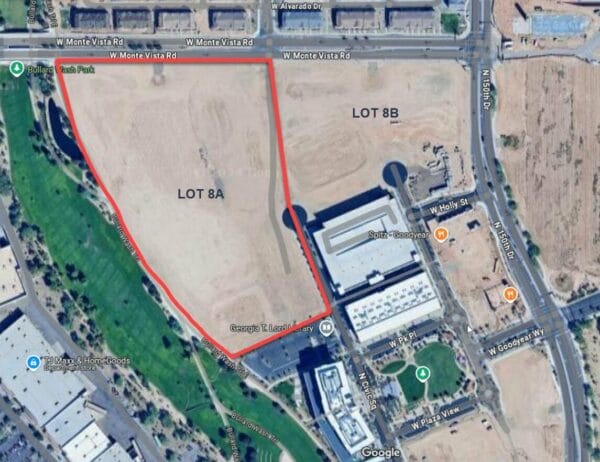
ELLIOTT D. POLLACK
& Company
FOR IMMEDIATE RELEASE
April 9th, 2018
The Monday Morning Quarterback
A quick analysis of important economic data released over the last week
The volatility in the stock market continues as the “trade war” drumbeat continues to be pushed by the media. Whether a trade war occurs or this is just an unusual negotiation technique remains to be seen. In our opinion, a full-blown trade war remains a low probability event.
In terms of economic news, the data on March employment was the most important and interesting. This is because it gave weak and strong signals at the same time. The weakness was a combination of a downward revision for January as well as the disappointing March result itself. The strength came from a stable unemployment rate. This means the data may have been affected by bad weather in the month and, therefore, will be temporary. Other strengths in the employment report included continued strong wage gains, strength in industries not affected by weather, and continued gains for less educated workers.
Other data for the week ending last Friday was strong. This included manufacturers’ new orders, ISM’s manufacturing and non-manufacturing indices, motor vehicle sales and construction spending. Overall, economic activity continues to be strong.
U.S. Snapshot:
-
Total nonfarm payroll employment edged up by 103,000 in March. This was well below expectations of 150,000-185,000 jobs. In addition, the job numbers for January were revised down (63,000) and February’s were revised up (13,000) for a total net loss of 50,000.
-
-
The labor market, though, remains in very good shape. Health care led the way adding 34,000 jobs followed by professional and business services (33,000 jobs) and manufacturing (22,000 jobs). The industries that struggled suggest that weather played a big role in the weaker than expected numbers. For example, construction lost 15,000 jobs, retail lost 4,400 and leisure and hospitality (includes restaurants and bars) added only 5,000.
-
-
-
Wage growth continued to be strong with a 2.7% annualized gain and the unemployment rate remained at 4.1%, a 17-year low, for the 6th month in a row.
-
-
-
So, while at first glance the employment report was disappointing, weather appears to have been the main reason for the lackluster performance.
-
-
New orders for manufactured goods in February increased by 1.2% over January and are up 7.1% from a year ago. This is the 6th increase in the last 7 months. The manufacturers’ new orders inventories-to-sales ratio stayed at 1.35 indicating that there is no over-accumulation of inventories.
-
The ISM manufacturing index was 59.3 in March. This is down from 60.8 in February but up from 56.6 a year ago. Any reading of 50 or above indicates that the manufacturing sector is expanding.
-
The ISM’s non-manufacturing index stood at 58.8 in March. This is down slightly from 59.5 in March. A year ago, the index stood at 55.6. As with the manufacturing index, any reading of 50 or above indicates expansion in the sector.
-
Consumer spending was soft in February and part of the reason was reluctance to run up credit cards. Revolving credit inched up only $0.1 billion from January. Revolving credit now stands 5.5% over a year ago. Non-revolving credit, mainly auto and student loan debt, rose more rapidly and now stands 5.0% above a year ago.
-
Unit vehicle sales proved strong in March at 17.4 million units at an annual rate. This easily beat estimates. This is 4.1% above year earlier numbers and 2.5% above a month ago.
-
Construction spending rose 0.1% in February over January levels. This is 3.0% over a year ago. Private sector construction was up 3.4% over a year ago while public sector construction was up 1.6% for the same period.
Arizona Snapshot:
-
Active listings in the Greater Phoenix area were down 12.7% in March when compared to year earlier levels. The level was 21,821 homes compared to 24,989 homes a year ago and 21,883 in February. Resale activity was 9,592 sales for the month. That’s 2.5% above year earlier levels.
-
The median sales price in the Greater Phoenix area in March was $253,995. This is a strong 10.4% above year earlier levels. Average days on market for the month were 69.1 days compared to 75.4 days a year ago and 73.4 days in February.
About EDPCo
Elliott D. Pollack & Company (EDPCo) offers a broad range of economic and real estate consulting services backed by one of the most comprehensive databases found in the nation. This information makes it possible for the firm to conduct economic forecasting, develop economic impact studies and prepare demographic analyses and forecasts. Econometric modeling and economic development analysis and planning are also part of our capabilities. EDPCo staff includes professionals with backgrounds in economics, urban planning, financial analysis, real estate development and government. These professionals serve a broad client base of both public and private sector entities that range from school districts and utility companies to law firms and real estate developers. For more information, contact –
Elliott D. Pollack & company
7505 East Sixth Avenue, Suite 100
Scottsdale, Arizona 85251
480-423-9200











